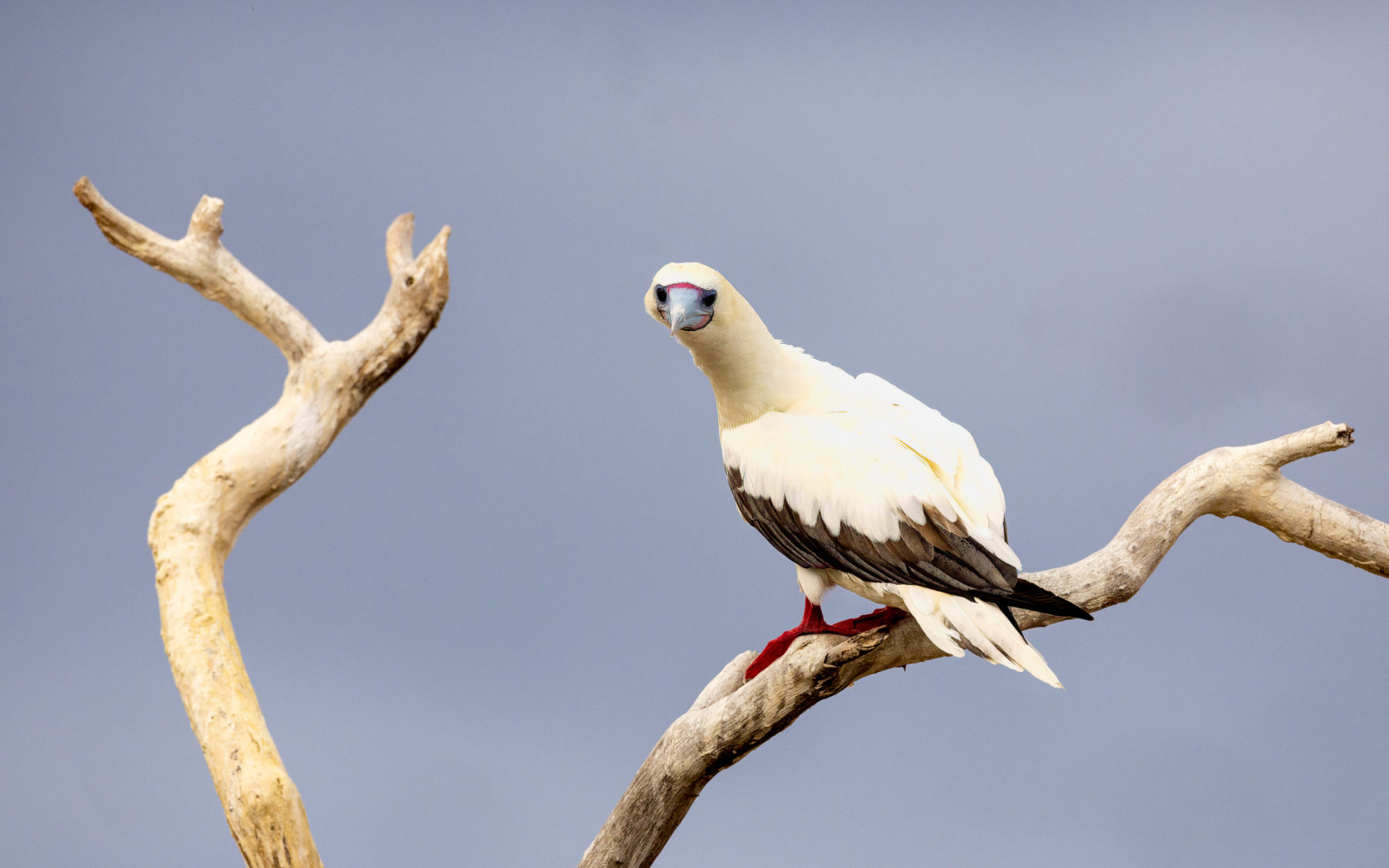At the end of his quest, Charuka was a handful of birds away from breaking the record. He was operating in a part of the birding world where the players tend to have a long apprenticeship behind them.
Charuka Abhayawickrama did not.
What Charuka actually set out to do was photograph 600 bird species in a calendar year (2022) as a personal quest. In fact, he bagged those 600 in just under six months.
His experience was limited to a point-and-shoot camera, with all the high expectations and dashed hopes that point-and-shooters bemoan. Then there was the matter of knowing where the birds might be, especially the rare and cryptic ones, how they behaved, and moved, and how not to frighten them off. That requires years in the field.
So how did he do it?
The simpler question is why did he even try?
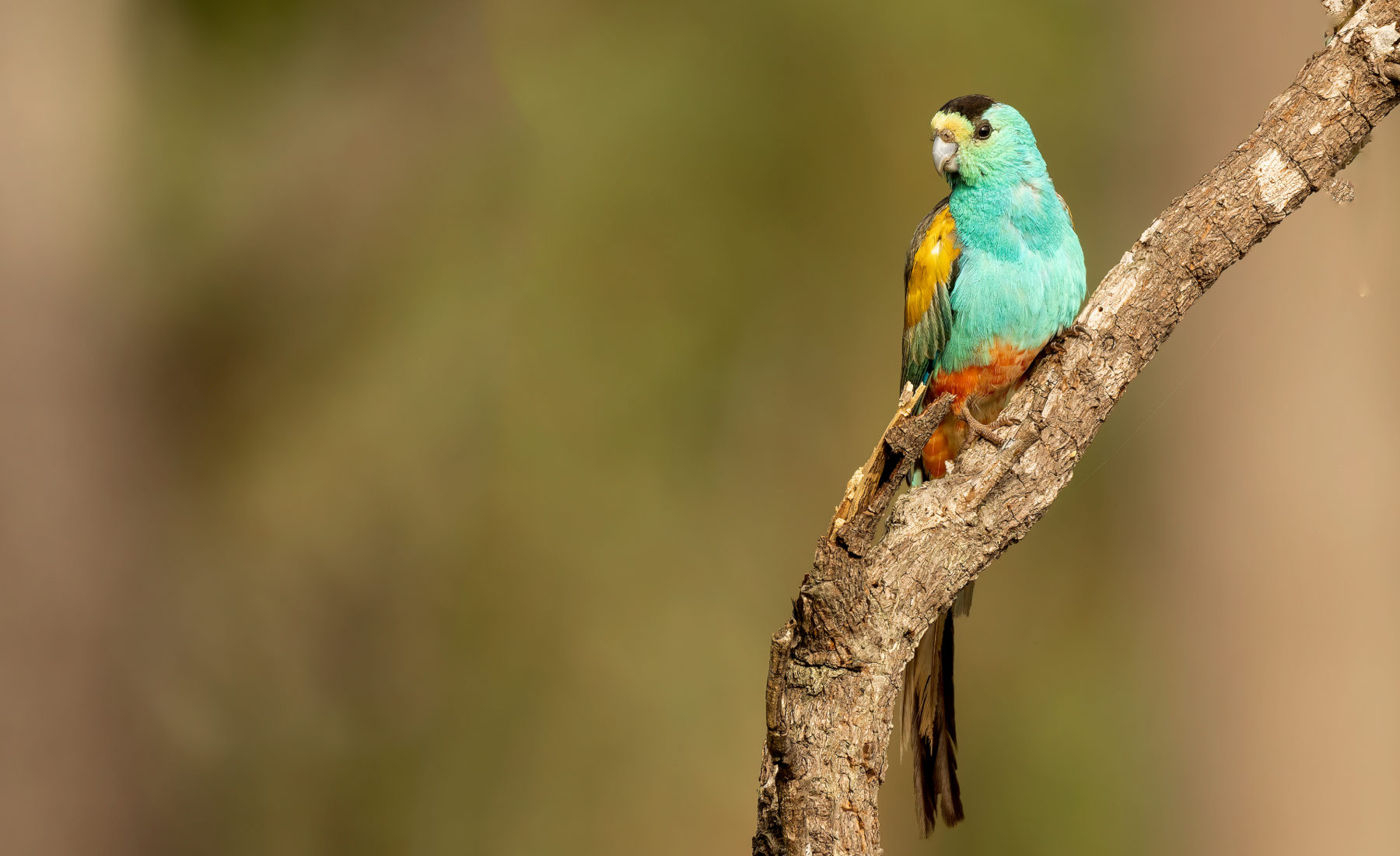
For 26 years, Charuka Abhayawickrama had laboured under the expectations of his parents:
“I was born in Sri Lanka where I grew up and did my schooling. I came to Australia in 1994 as a 19-year-old to go to university. My dad bought me a one-way ticket and said ‘you can fund your education yourself and if you can’t, come back’.”
His father urged him to study information technology “because that’s where the money was”. He followed that advice. His mother taught him how to save money and urged him to become an investor in shares and trading options. Which he did with much success.
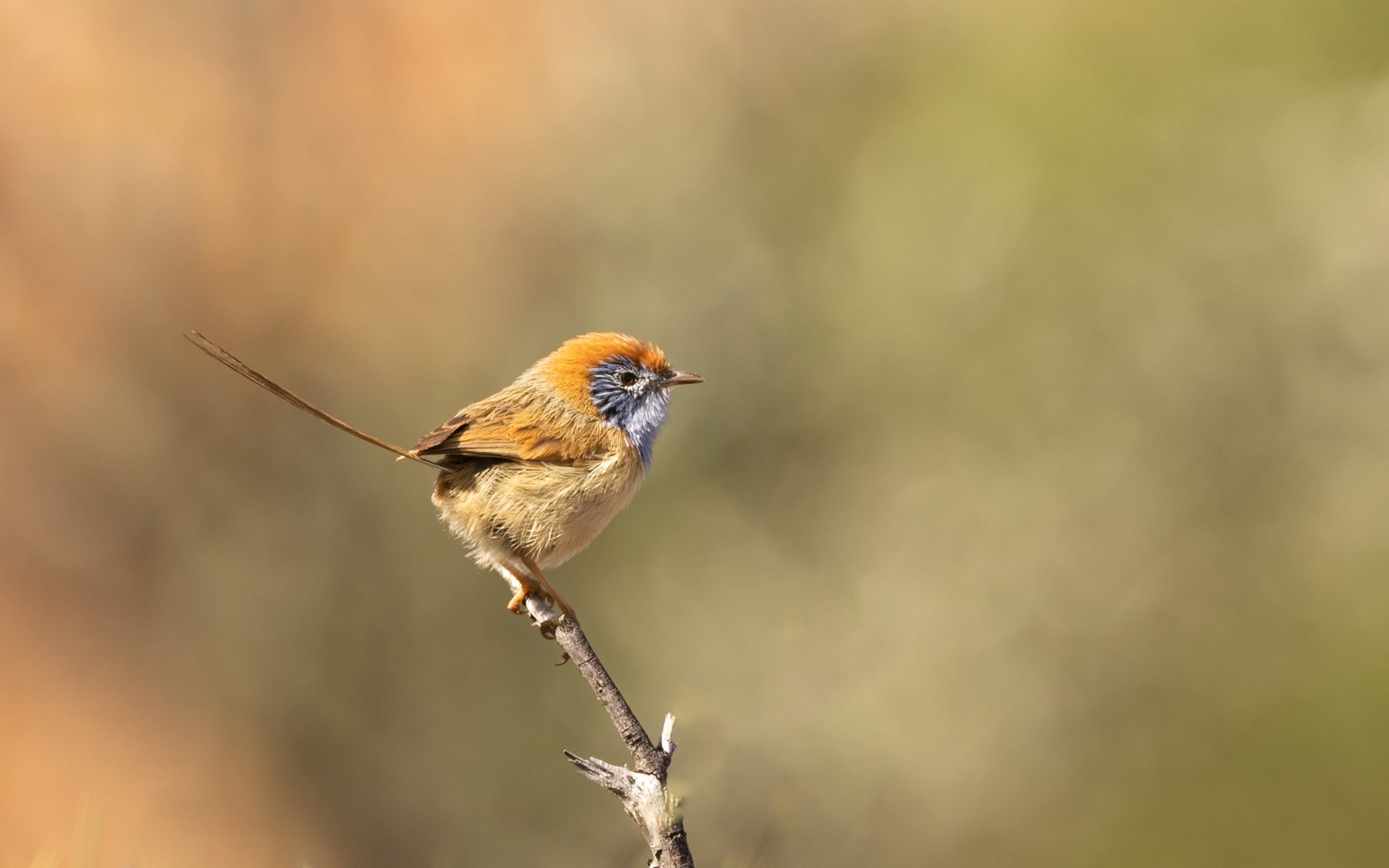
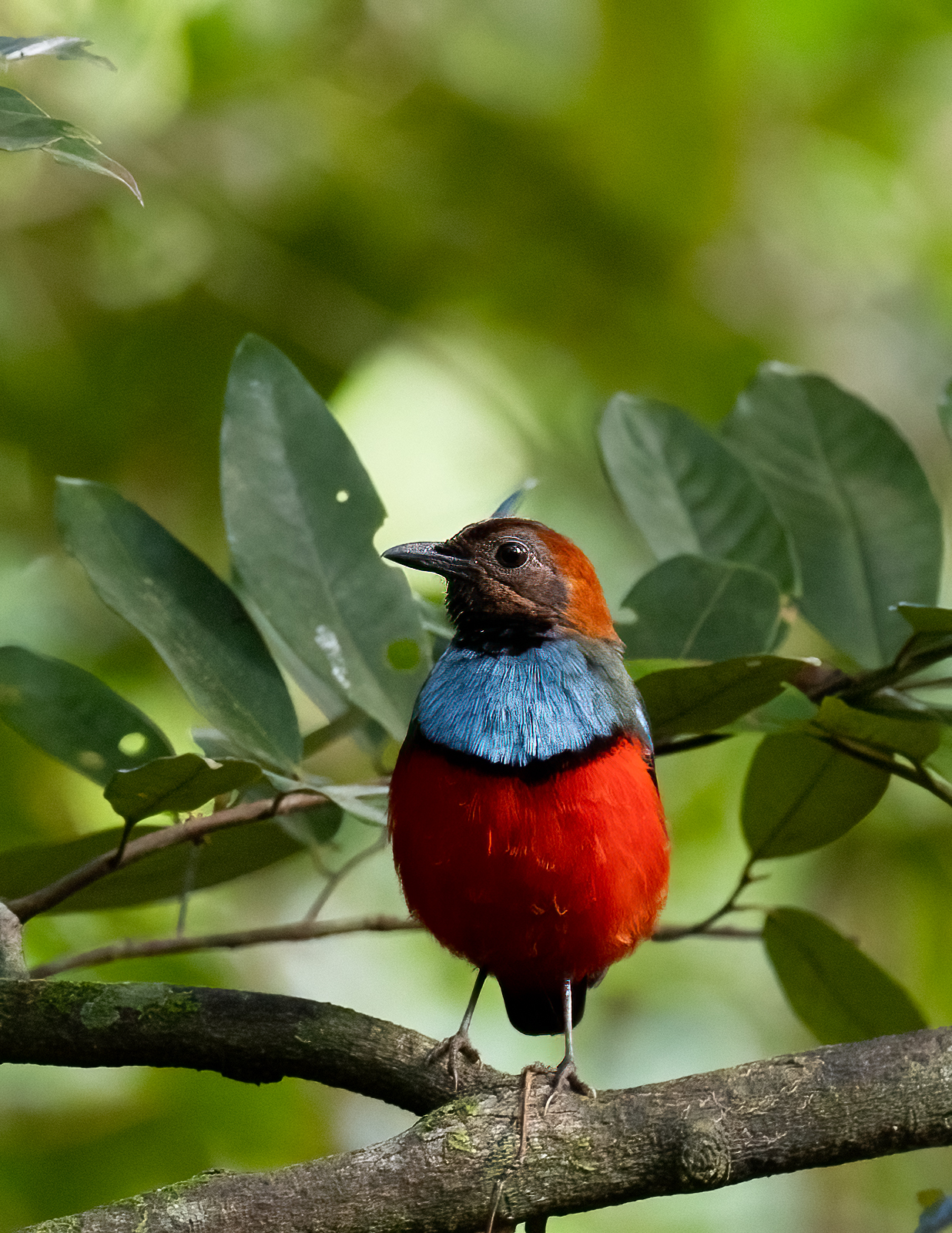
For all those years, Charuka Abhayawickrama worked the hours of a farmer at harvest time: six in the morning until 10 at night. Really, he’d worked the hours that most people might work in 50 years. Eventually, he owned two pubs in Melbourne and ran a high-end IT business with 60 employees back in Sri Lanka.
Or as he put it: “I had 60 families to feed.”
Hard to say then, how a man of his apparent diligence and conscience might find the strength to close shop and walk away. A couple of things happened, roughly at the same time.
When growing up in Sri Lanka, at the age of 15, Charuka made friends with a charismatic 11-year-old boy, a fellow not exactly wise beyond his years, but certainly driven and big enough in personality to fit in with the big boys. Charuka brought the lad into his circle and eventually his business. Time passed. Then, at the age of 38, his friend died suddenly, an inevitable consequence of his devouring life in the fashion of a wildfire.
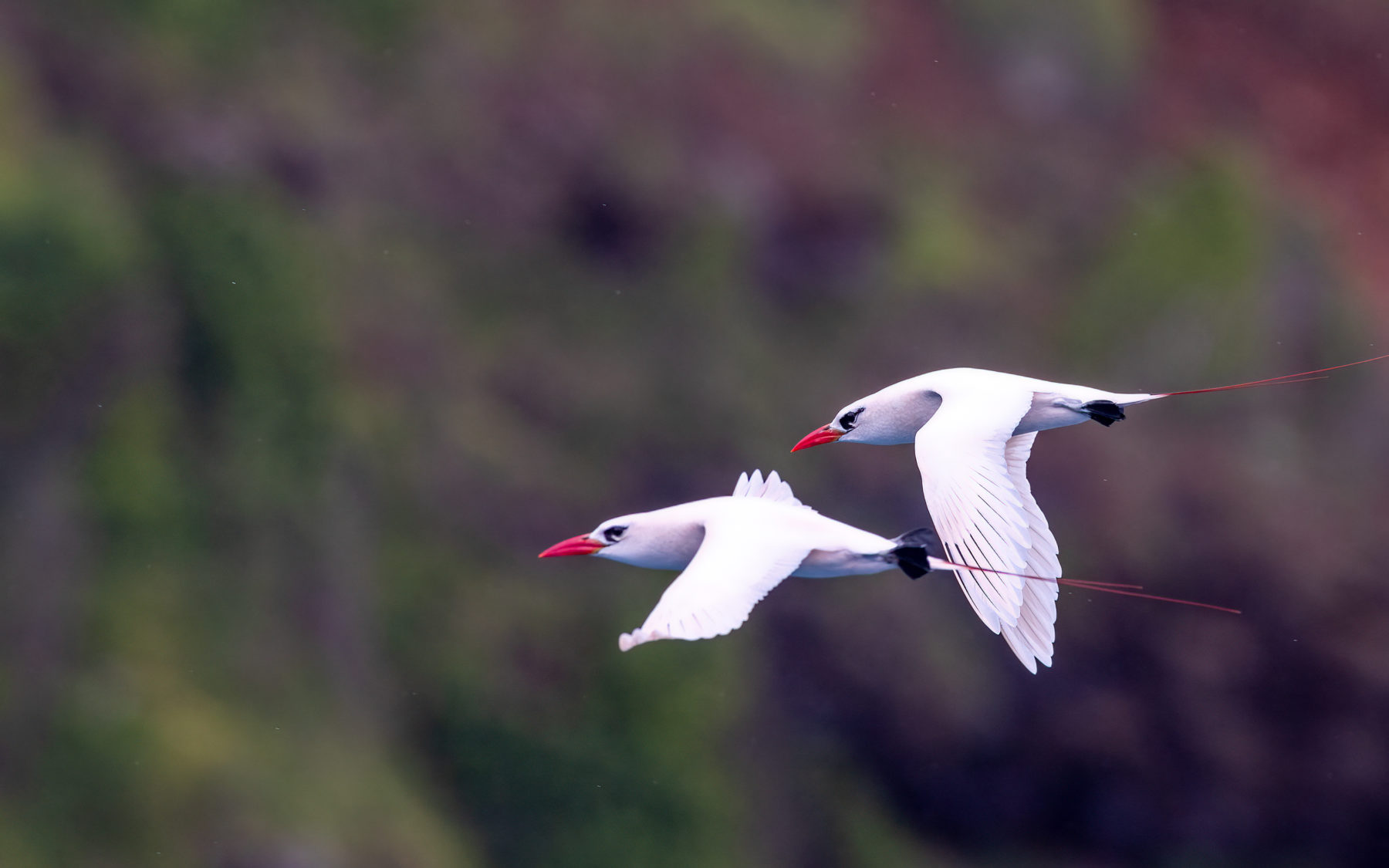
Meanwhile, at the age of 14, Charuka’s oldest daughter Natasha had committed to climate activism. Her conviction impressed, humbled and challenged her father.
“I was focused on earning money and working and building success based on how much money you earn. She taught me a different perspective to life valuing more on nature, relationships and sustainable living,” he says.
In May last year, as a Year 12 student, Natasha came to national prominence as an organiser of the school Strike 4 Climate, bringing poise to lengthy interviews with ABC TV and Sky News. By then, Charuka had been a free man for nearly two years. He’d walked away from his business in 2019, on his 45th birthday.

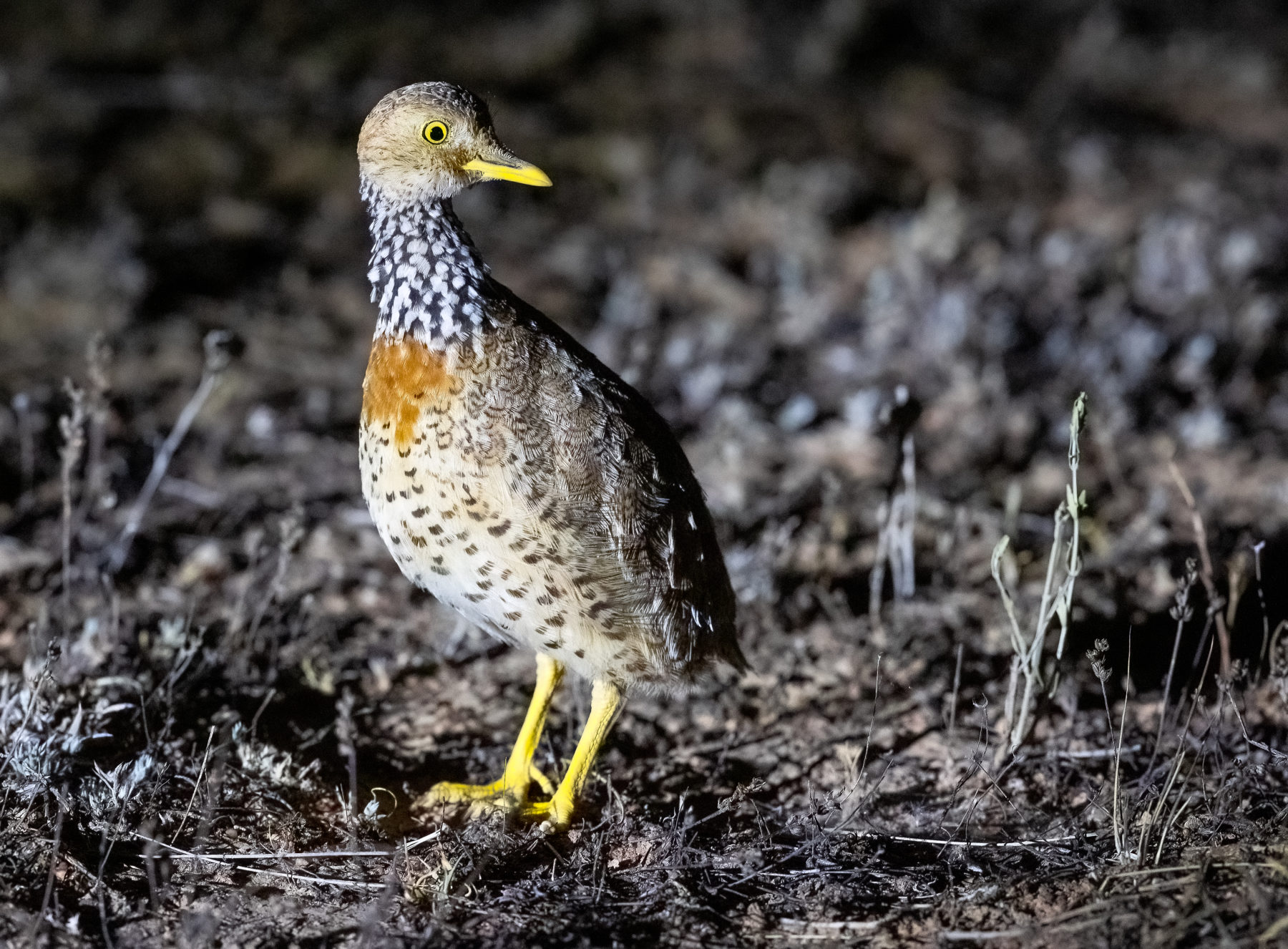
He’d never explored Australia. He hadn’t seen the world beyond travelling to Sri Lanka every couple of months, year after year, for business.
He wasn’t one for hanging out at resorts or peering from the big windows of a tour bus. There needed to be a purpose in how he spent his liberation. His main interest outside of the office had been photography with his faithless point-and-shoot.
“When I used to travel to Sri Lanka I tried to go to national parks and photograph big animals,” he says. “Obviously with point-and-shoot cameras it was very frustrating as what you see and what you get in photographs don’t do the justice. So, my photography journey evolved over a period with a learning curve.
“In 2019 and 2020 I realised if you want to take good photographs you need to do three things. You have to have really good equipment, and you need to learn the photography techniques in each genre: underwater photography, bird photography, nature and landscape photography. And you needed to go into the field with experienced photographers and learn from the best.”
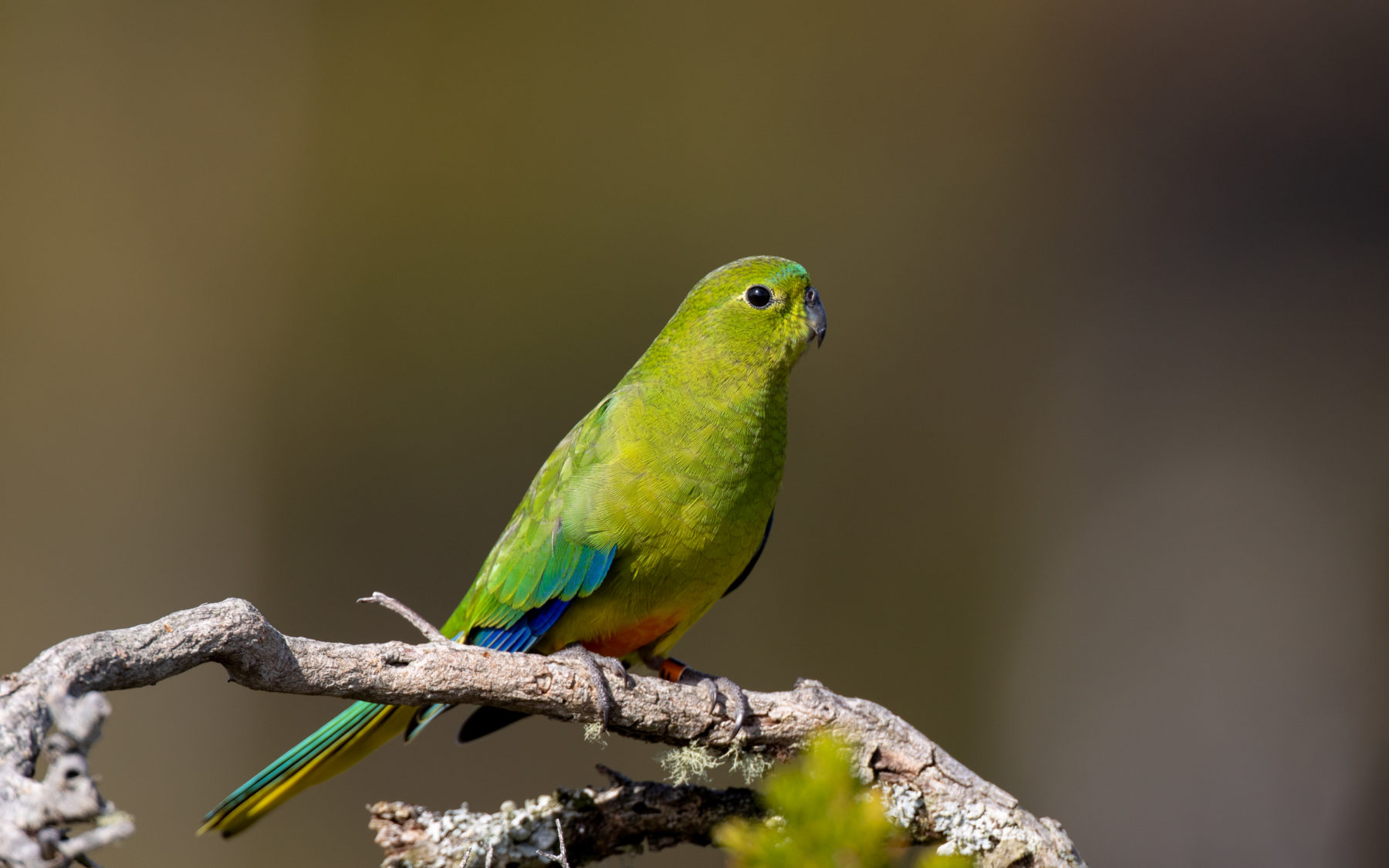
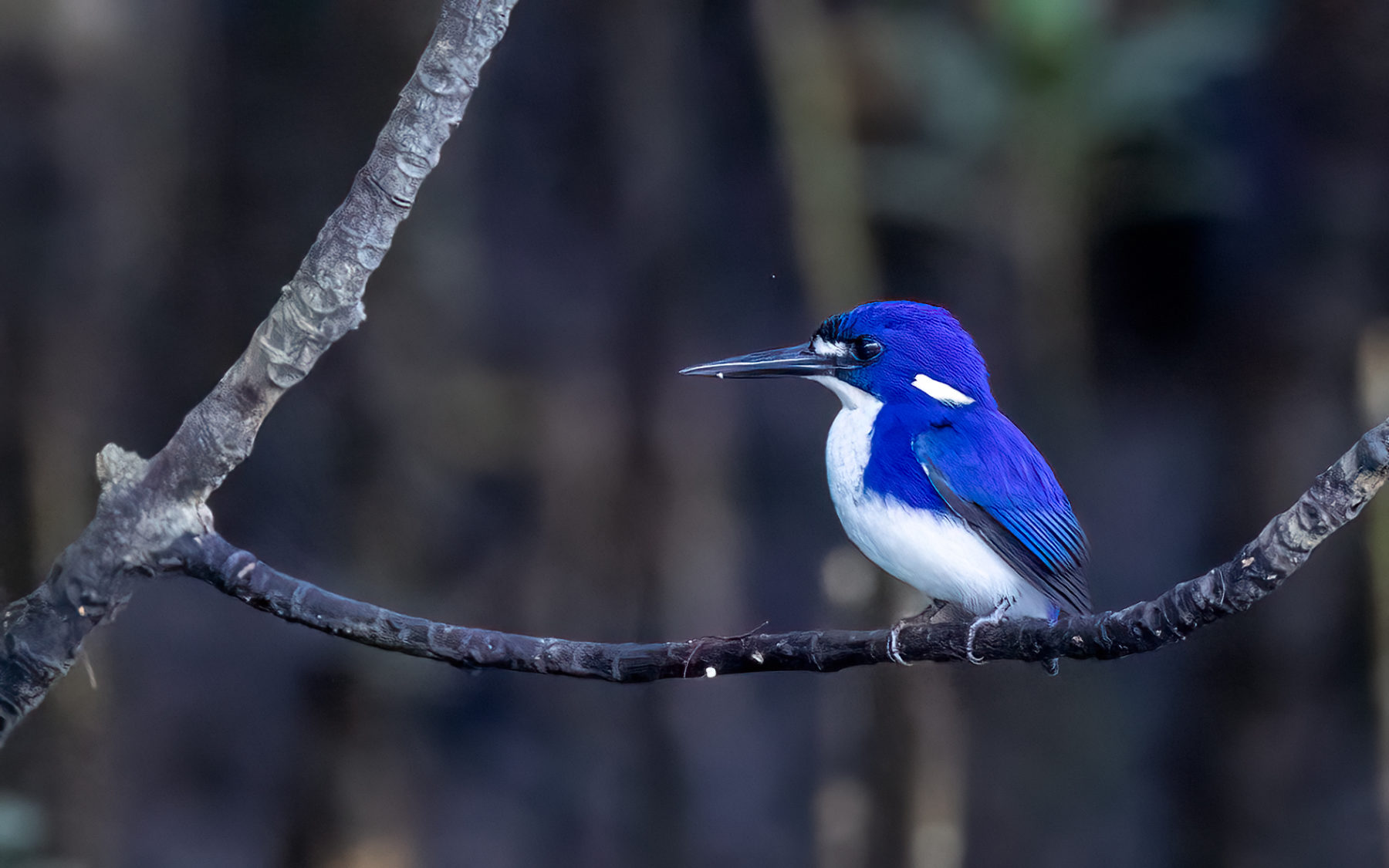
Charuka’s first idea was to photograph the top 10 big cats in Asia, Africa and South America. After photographing the beautiful and elusive snow leopard in India, which many people have found maddeningly elusive, he was hospitalised with altitude sickness. And then, having bagged five of the 10 cats on his list (including the Bengal tiger), the pandemic broke out and he made a mad dash home, avoiding lock-out.
Home was five acres in Sydney’s western fringe. There, during the lockdowns, he roamed each day, amazed to find that a great variety of birds were sharing his home, or popping by in transit. These included the Australian boobook (Ninox boobook).
From this revelation he saw a new mission: COVID-19 permitting, he set out to photograph Australia’s critically endangered species.
In a relative short amount of time, with the assistance of people he didn’t know, Charuka saw and photographed the orange-bellied parrot (Neophema chrysogaster), plains-wanderer (Pedionomus torquatus), eastern bristlebird (Dasyornis brachypterus), regent honeyeater (Xanthomyza phrygia): birds that most of us will only ever see on the television or in a field guide. It was a haunting experience.
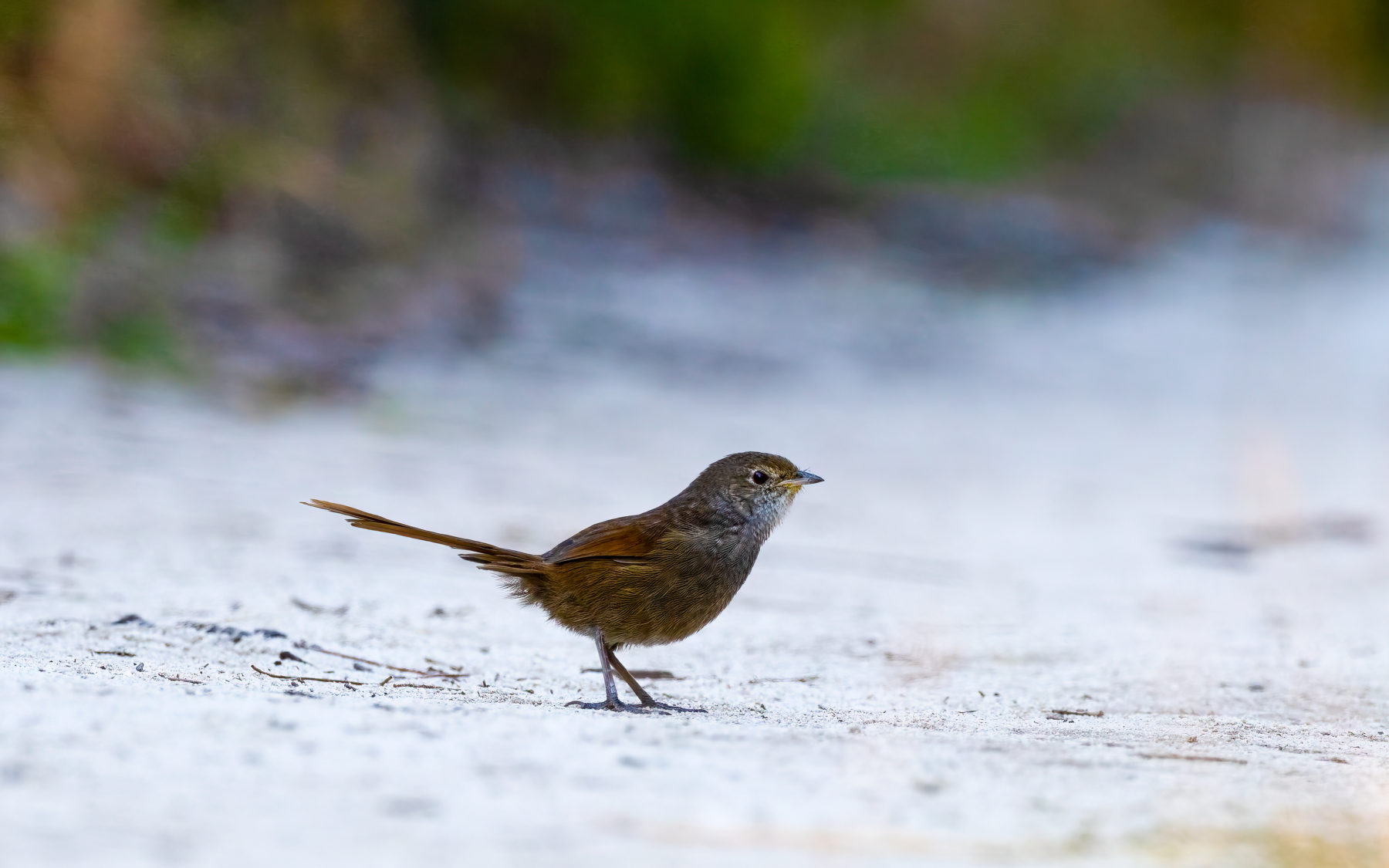
On one occasion he saw 10 regent honeyeaters in one extended moment, and deeply moved to think they wouldn’t be around in 5–10 years.
“It was disturbing. I felt the need to learn more about the birds,” he says.
By then, he’d joined Cumberland Bird Observers Club. “Some of the senior members of the club have been bird watching for 30–40 years and possessed a wealth of knowledge.”
He since enrolled in the Diploma of Ornithology course at Charles Sturt University in Albury. “I’m very goal oriented. When I decide to do something, I am all go go go.”
And then, he made up his mind to give over the entire year of 2022, finding and photographing those 600 birds.
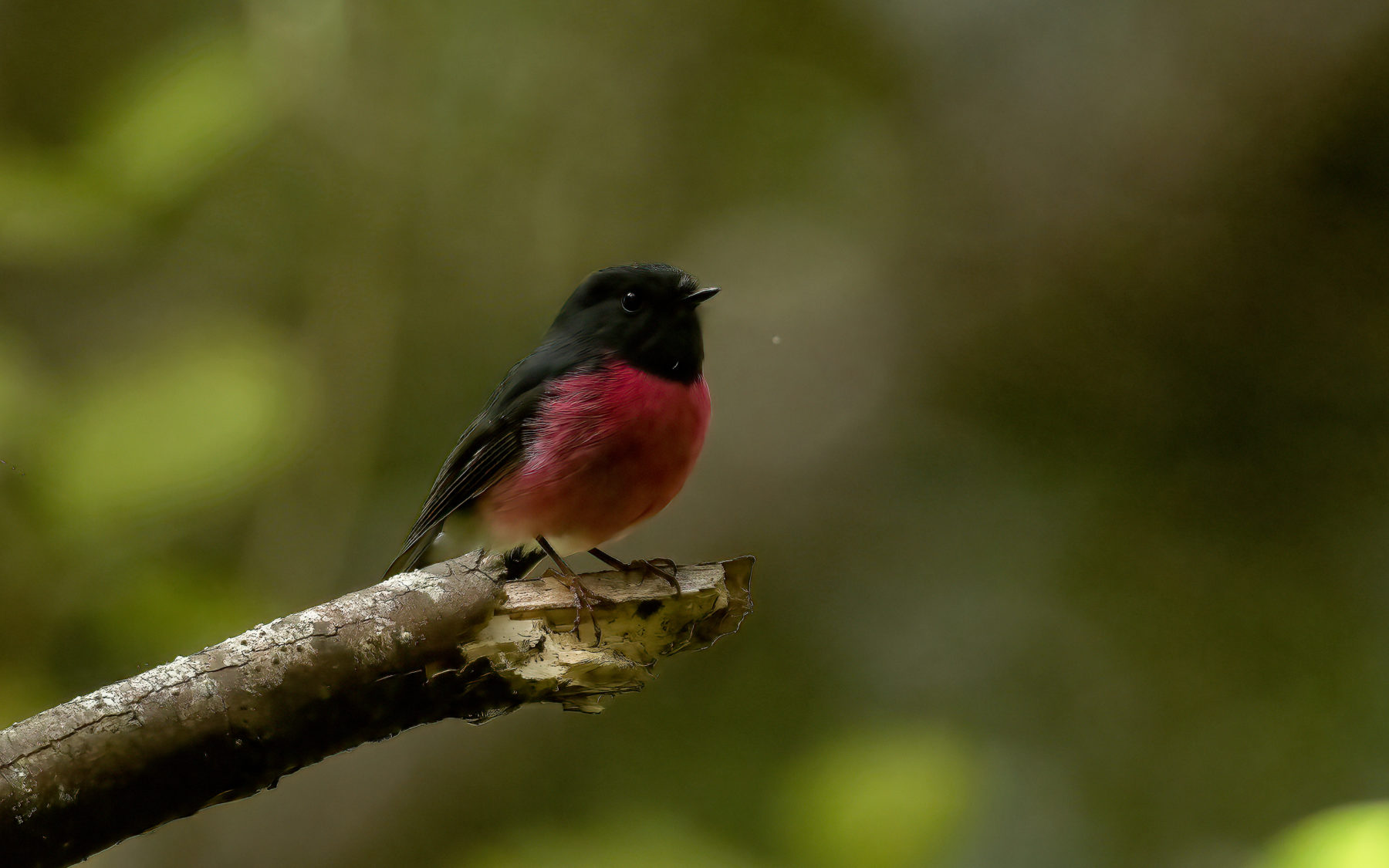
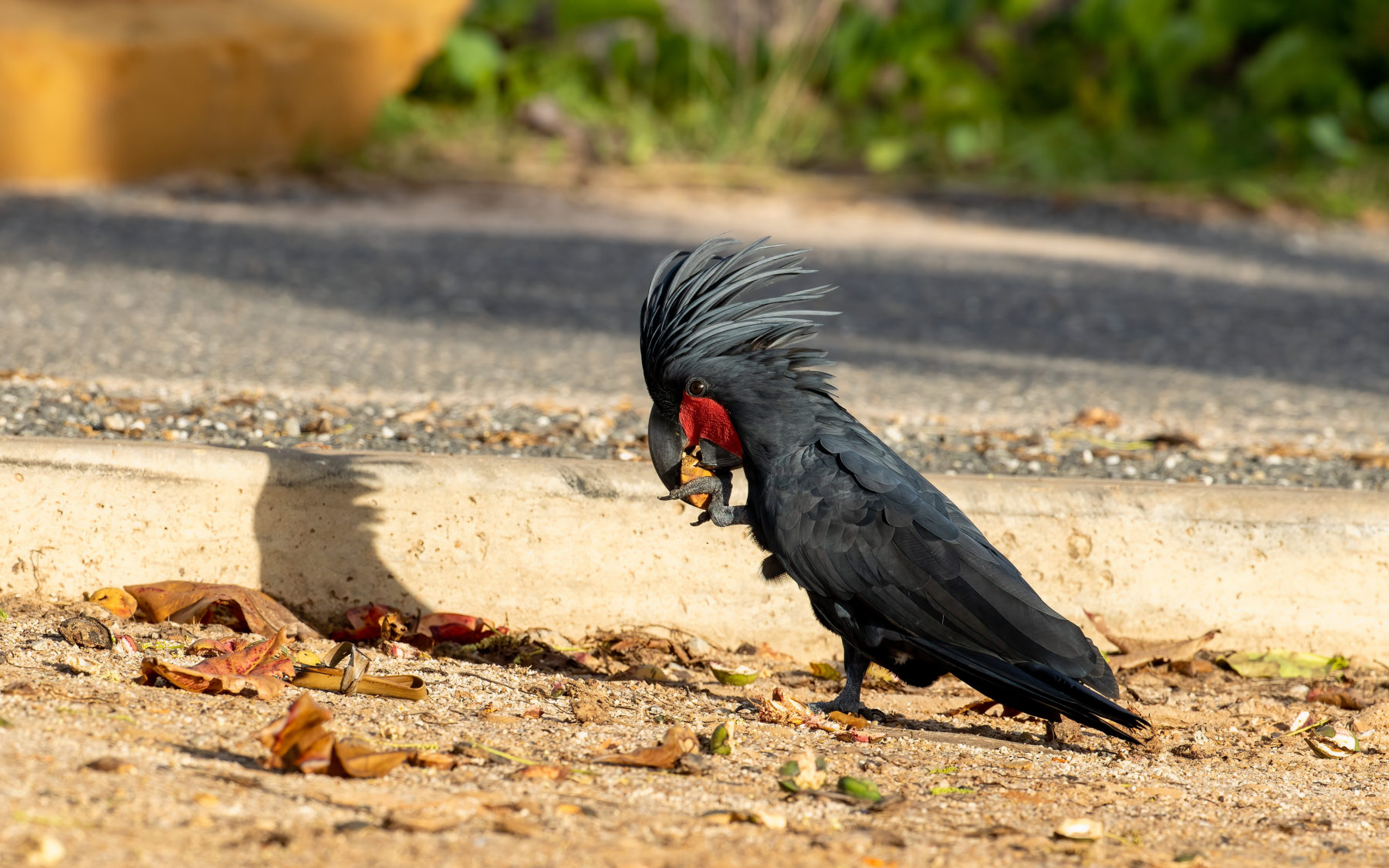
Taken together, the story of his quest needs a book to do it justice.
“People keep saying so,” he says. “I didn’t really want to write a book, but maybe I have to.”
It’s the story of a man now investing money in conservation projects and wanting to do his bit for a sustainable world. He can, like his daughter, now talk at length about the issues, facts erupting with the over-heated urgency of popcorn. It’s the story of a novice being repeatedly guided and advised by some of the greats in the field.
Best of all, though, there’s the human comedy and pluck of a driven man, perhaps for the first time in his life a little out of his depth on occasion, following rumours, endlessly lucky and blessed, and knowing it. The best episodes are the makings of classic short stories.
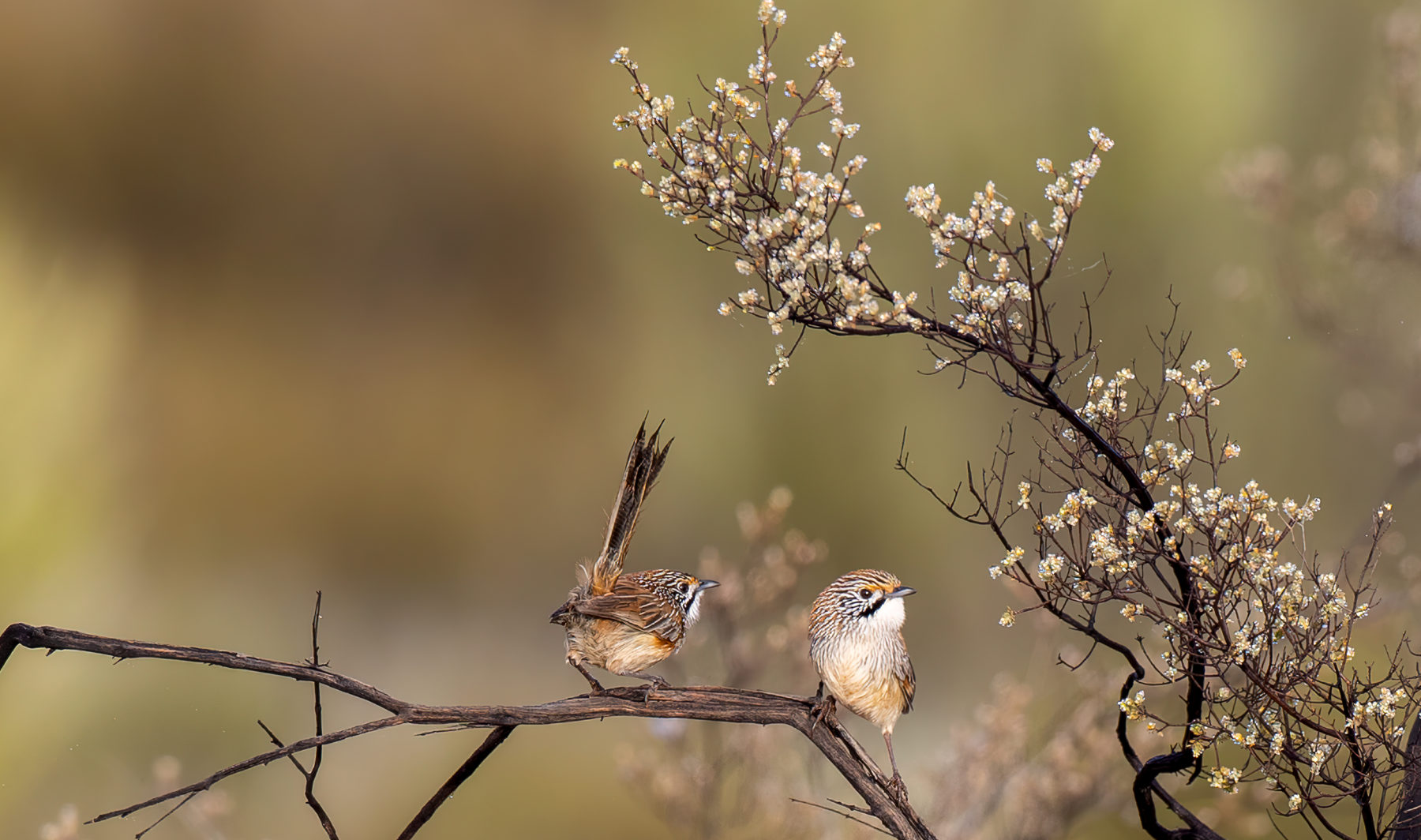
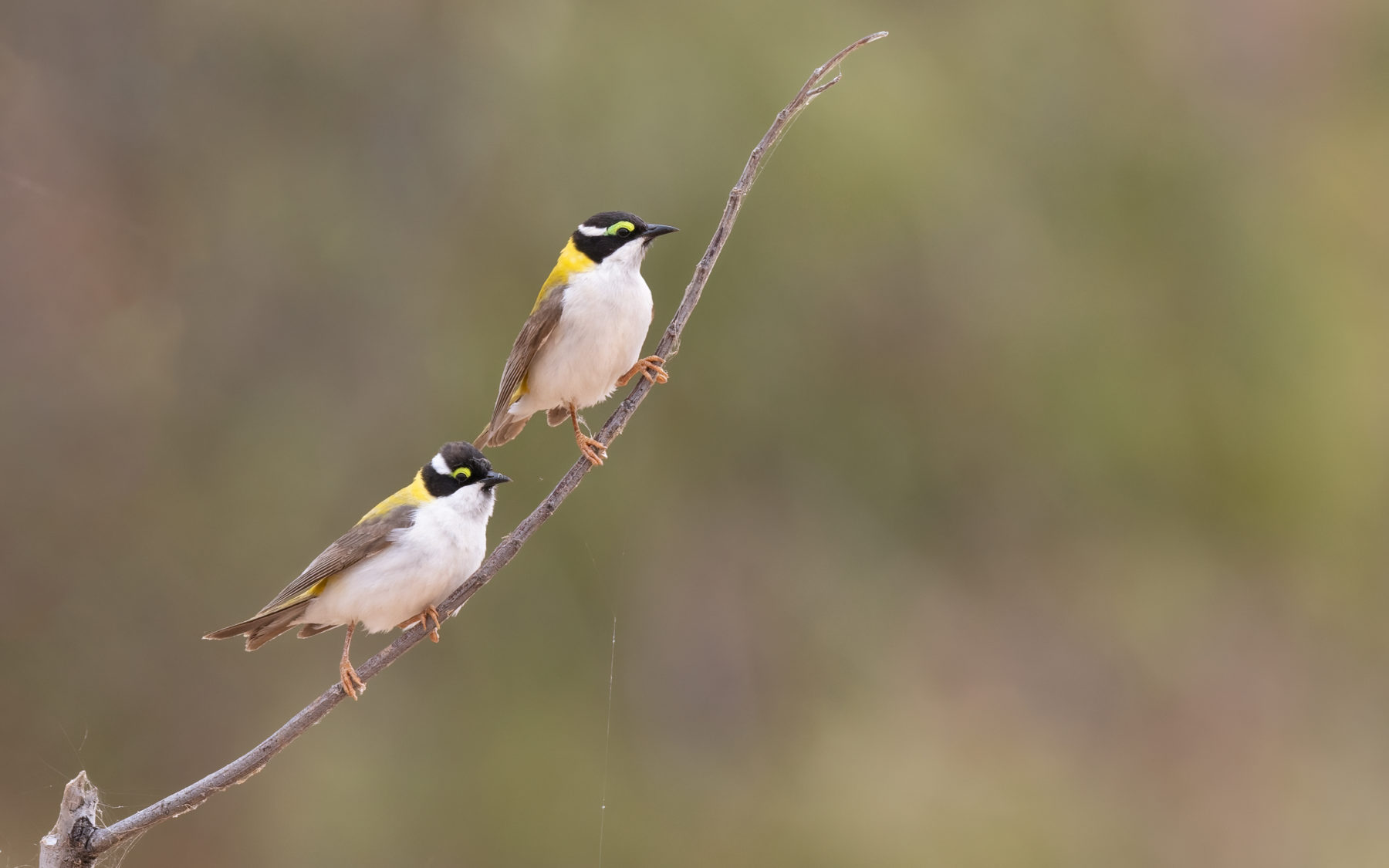
To get things moving, Charuka might have comfortably spent the first couple of days of his quest walking around his acreage, photographing a magpie, wattlebirds, kites, parrots, thornbills, dozens of species there for the patient taking. Instead, Charuka Abhayawickrama decided the year and the quest required a special, difficult and much prized bird for the number one spot on his list, one found in remote country.
“I wanted the first bird to be the red-lored whistler (Pachycephala rufogularis), because this bird had been eluding me.”
The red-lored whistler, critically endangered, is one of the most difficult birds to lay eyes on.
On New Year’s Eve, having had a late dinner in the South Australian township of Pinnaro, Charuka was heading off to wait through the night in the Murray Sunset for his bird. He had three-quarters of a tank of petrol and decided to put in $20 worth. There was a 24-hour truck stop and there he pulled up to a bowser with two hoses: one was for diesel, the other was for AdBlue, which Charuka assumed was a brand name for petrol.
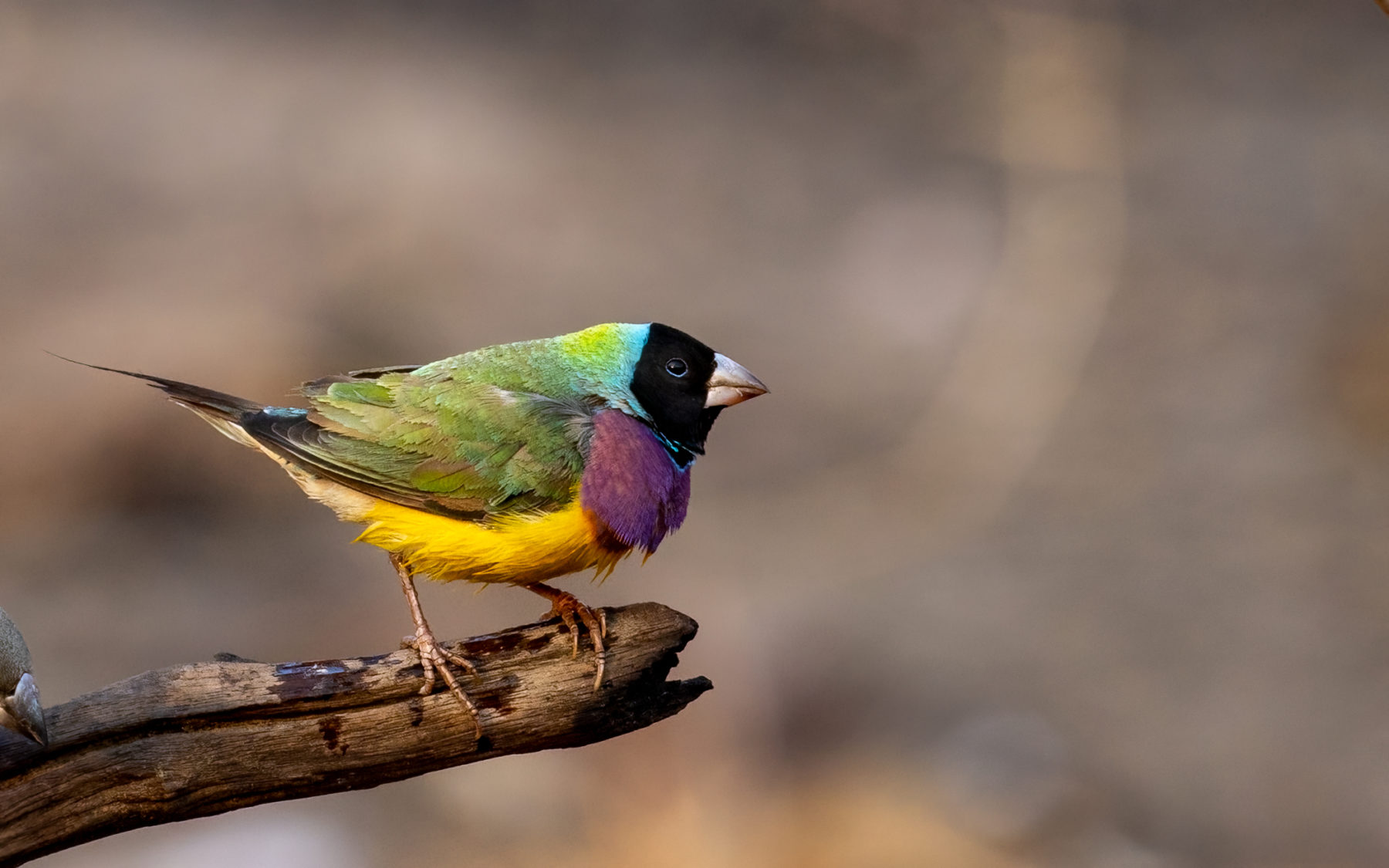
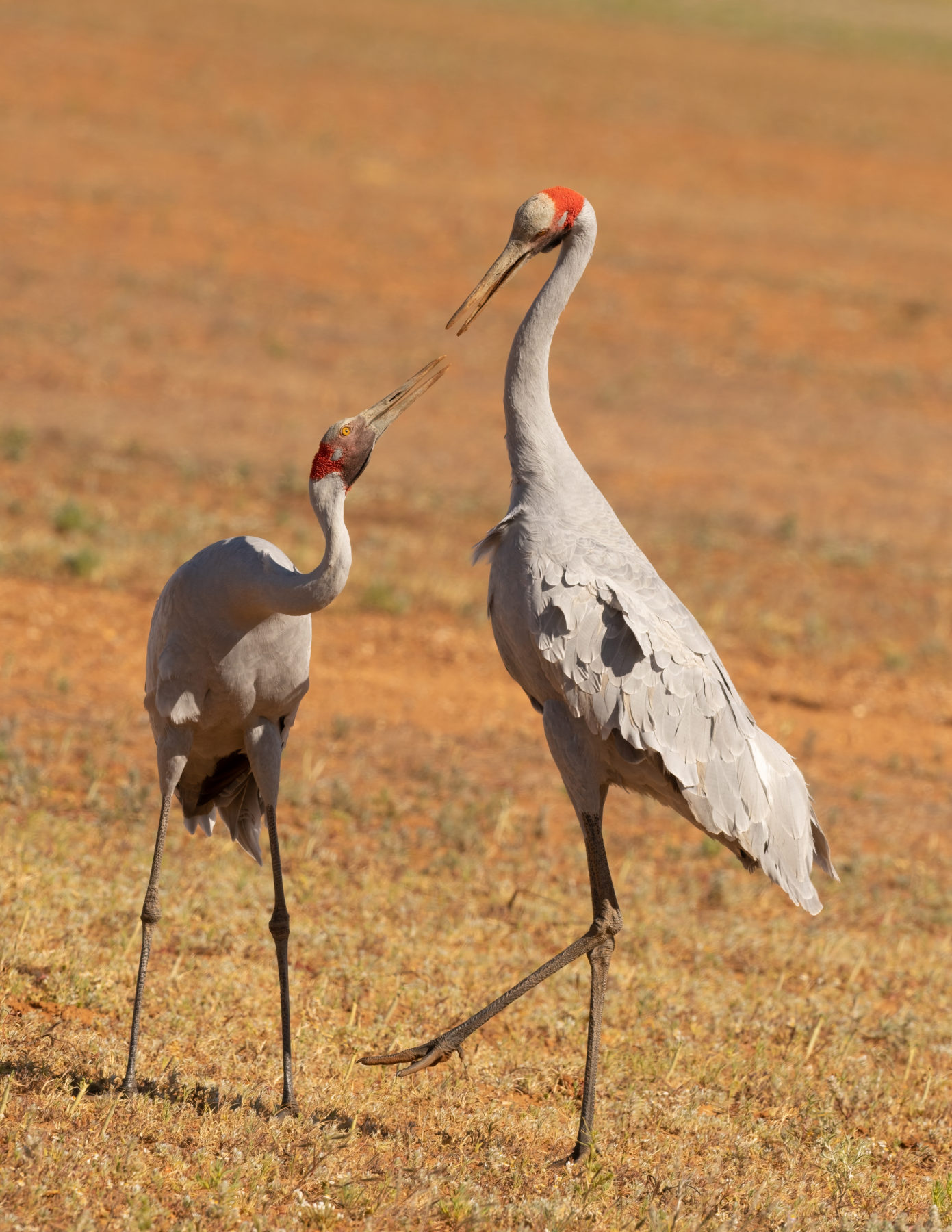
He then drove 400 metres and the car choked and died.
AdBlue isn’t meant for any fuel tank. It has its own tank and is used in the catalytic convertor fitted to the exhaust systems of modern diesel cars. It serves to break down harmful nitrogen oxides. In a fuel tank it can very quickly corrode the innards of an engine.
“It was a disastrous start,” he says.
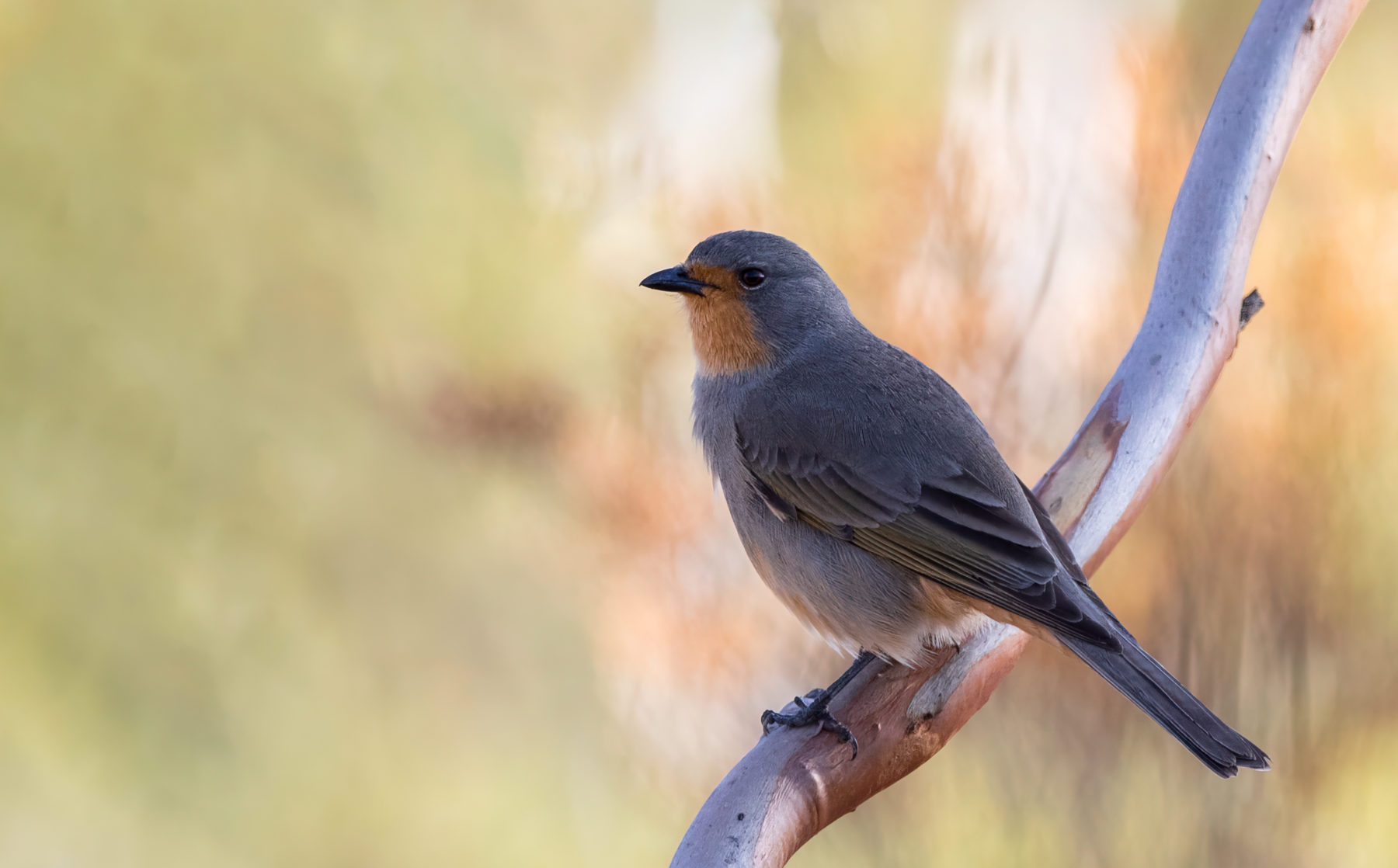
The car was towed to Pinnaroo caravan park, and on New Year’s Day towed 240 kilometres to Mildura. His wife knew people there, people who knew cars. By the morning of January 2, the fuel lines had been washed out and the car was ready to go. This was the beginning of a recurring theme, where the generosity of others saved the day.
Did he resume his hunt for the red-lored whistler?
“Oh no, I was thinking now it was bad luck,” he says. “I photographed an emu instead. Very iconic. A great symbol.”
He didn’t try again for the red-lored whistler until the first of May. “It was my 500th bird.”
His 600th was the western quail-thrush (Cinclosoma marginatum) which he photographed at the Granites, the site of 9000-year-old Aboriginal paintings near Mount Magnet in Western Australia.
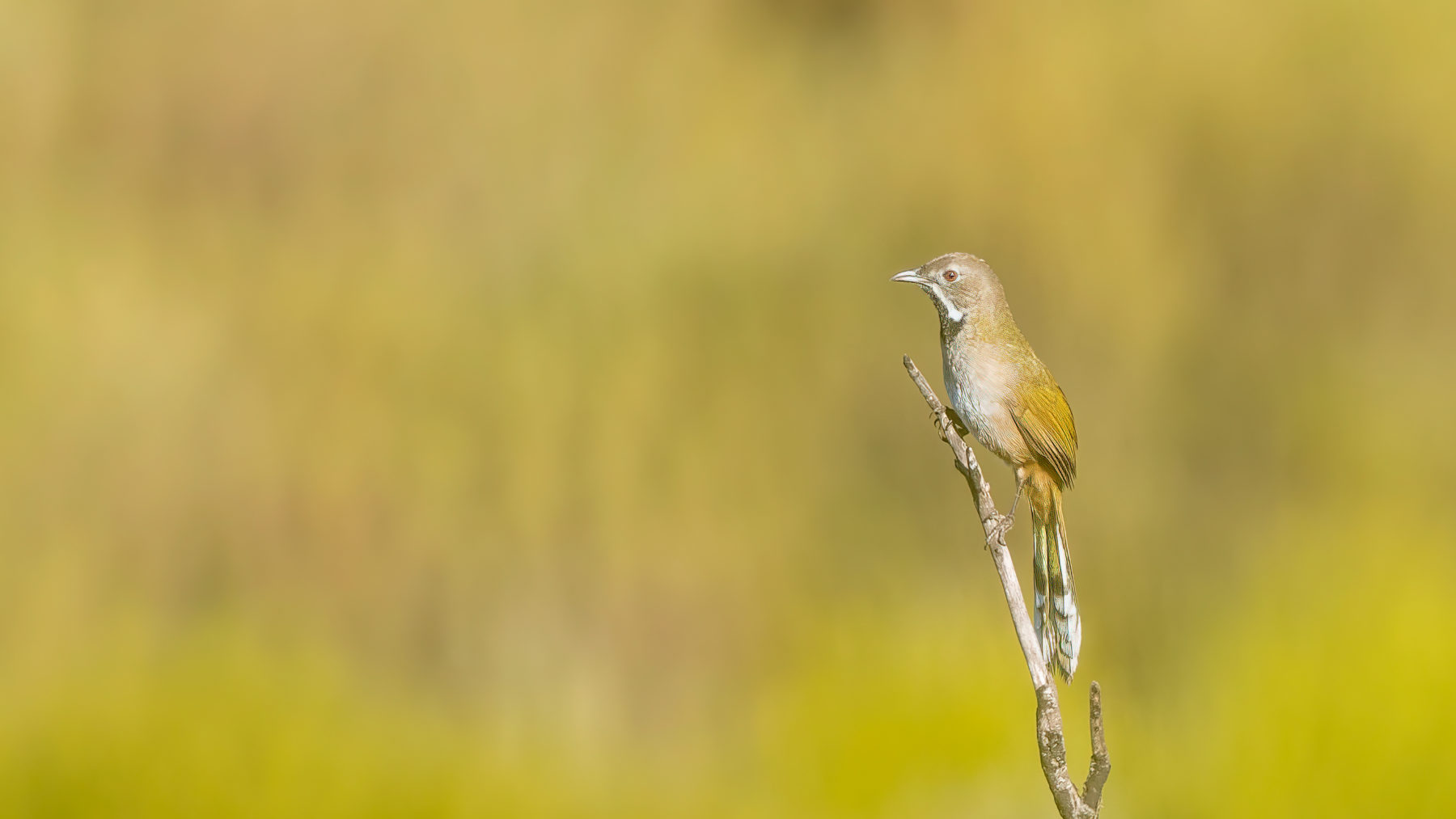
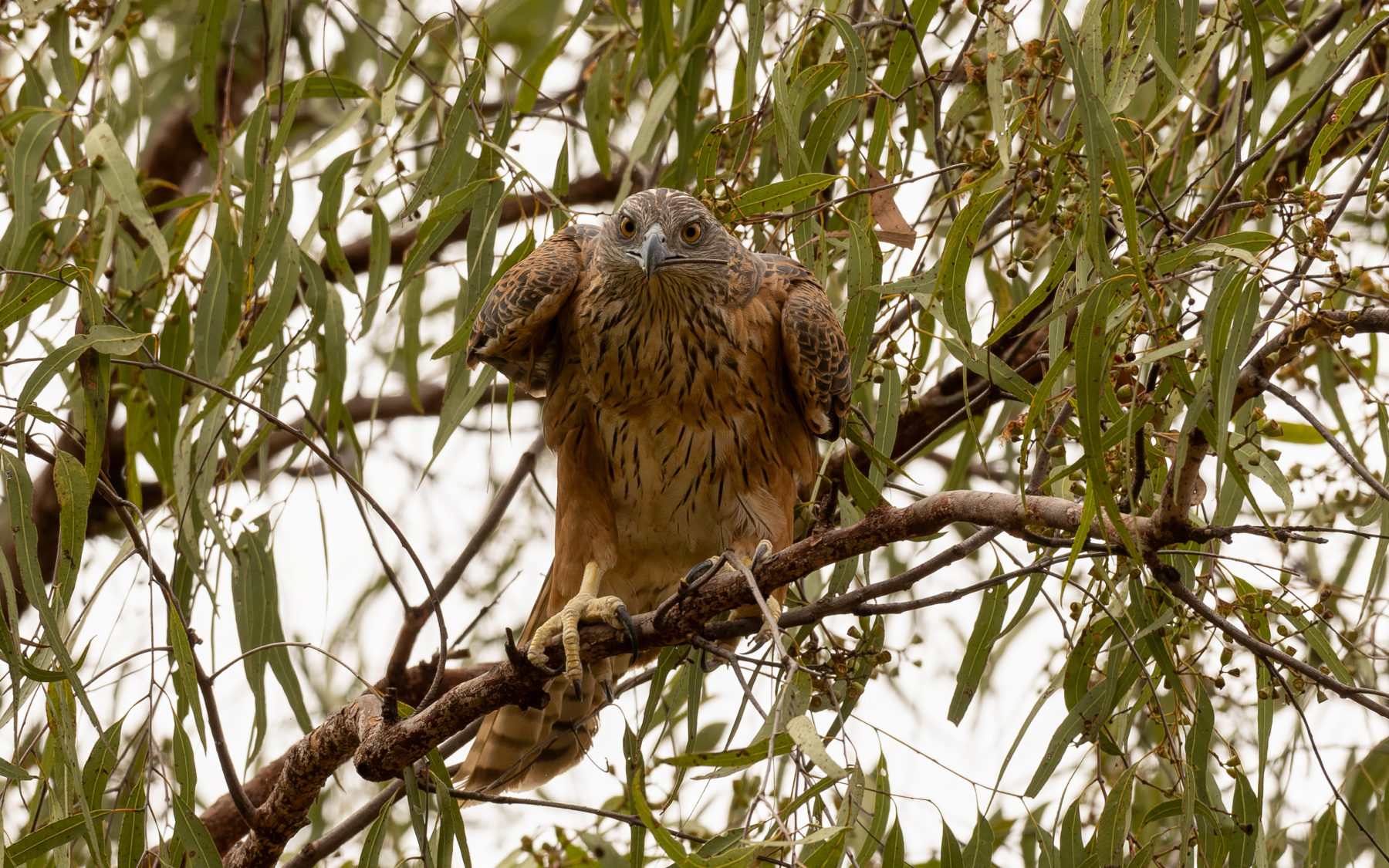
Six hundred birds in less than six months. How did he do it?
He appears to have bagged large numbers of birds on week-long trips to Cape York, the Nullarbor, the Kimberly, Ashmore Reef, Cocos Island, Christmas Island, Lord Howe Island and the sub-Antarctic, in the company of veteran birders. In between these bucket-list style adventures were endless frantic pilgrimages for the sake of picking up individual birds. Many of these were in the company or under the direction of people he now calls friends. “There were a lot of people behind the scenes who helped me.”
There was the trojan Sam who set out with Charuka at five in the morning on a tricky climb up through a dried-out waterfall in West Arnhem Land, in pursuit of the white-throated grasswren (Amytornis woodwardia). “The most beautiful bird in Australia.”
Hopping from rock to rock, the day quickly heating up to 40 degrees, Charuka didn’t believe they’d find success. “Some people who did the surveys said I had zero probability in seeing it… but we did. We saw three of them.”

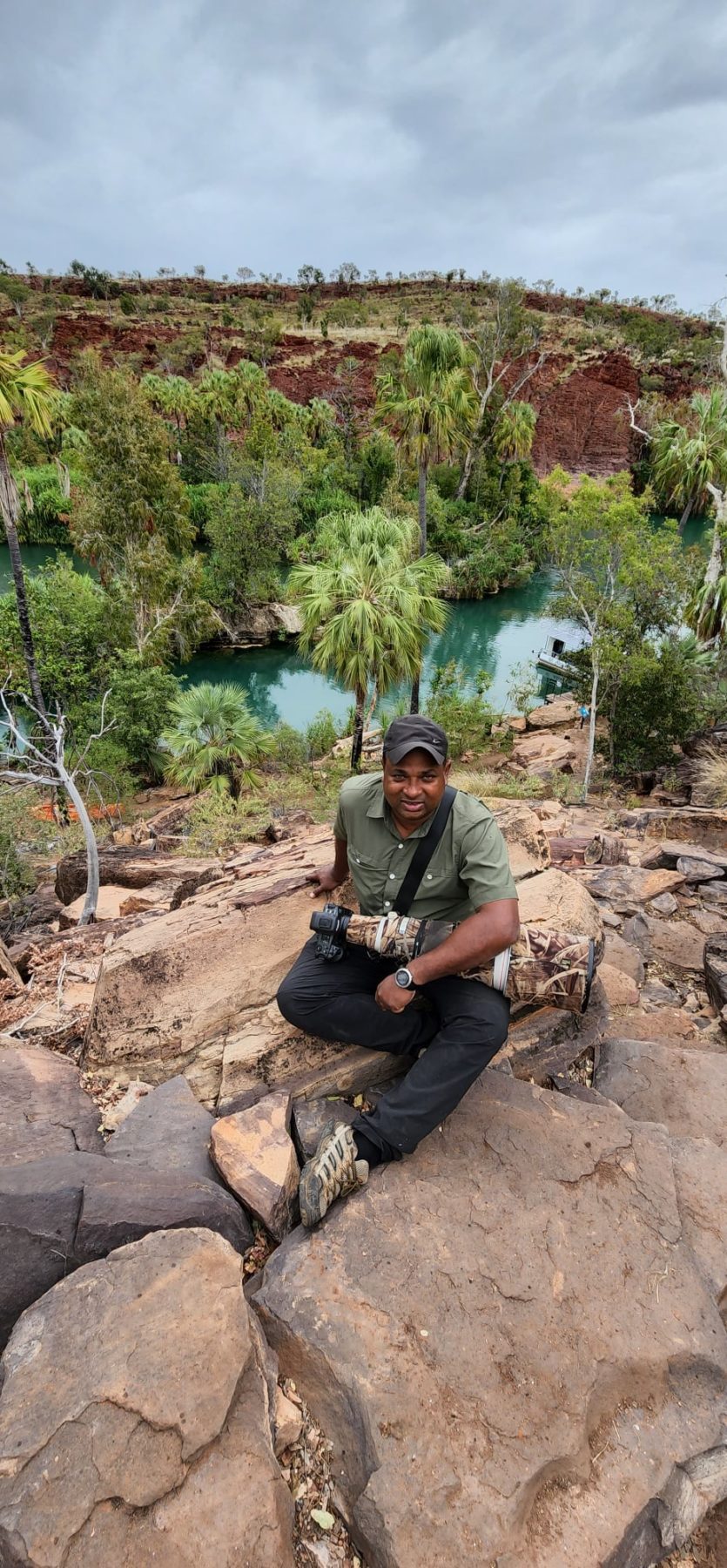
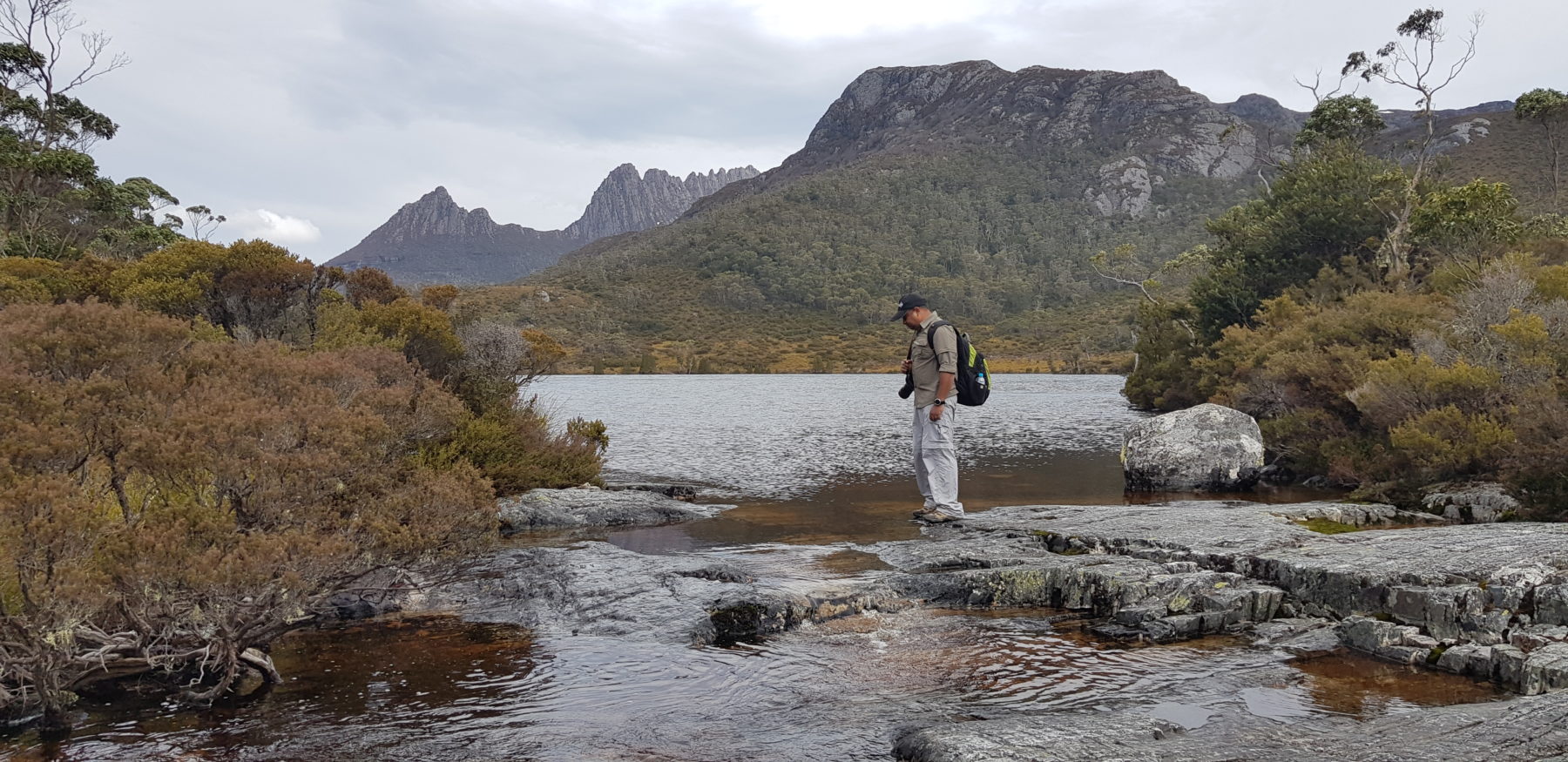
A touch of panic set in when Charuka had no luck finding the Australian masked owl (Tyto novaehollandiae) in Tasmania. He kept reading about the success of other birders, and their footstep led him nowhere. “I felt it was my turn.”
Then he saw a Facebook post from a woman named Carolyn Munnings who lived in Taree on the NSW north coast. “She directed me to go and stay at Chiltern Lodge in the town of Old Bar.” There he met Chad and Leanne. It was their 13-year-old daughter, Dakoda, who had movies and photos of the owl on her phone. The bird visited a particular tree every evening she said. “Chad and Dakoda took me to back of their property where the owl was nicely perched allowing me to take a nice pic.”
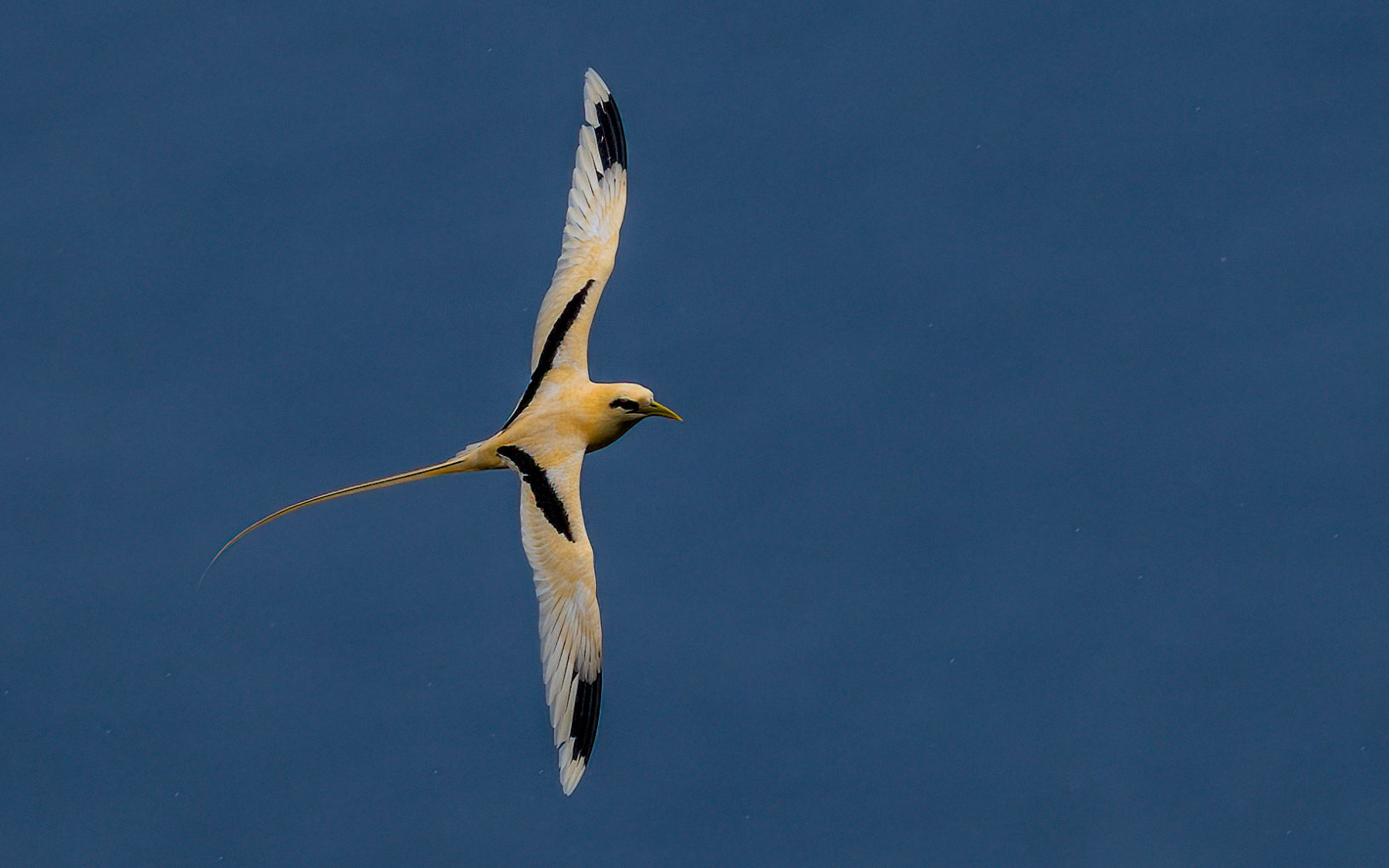
On his Ashmore Reef trip, Charuka met Bernie O’Keefe, a much admired birder who will spend up to a year planning an expedition in search of a single species. His quest for the princess parrot is the subject of episode nine of The Birding Today podcast.
“Bernie said come to Melbourne and he’d drive me four hours to Port Fairy. This was so I could see one bird, the cape gannet (Morus capensis), at Danger Point. He did all that for me, to get that bird.”
Charuka was posting his sightings at the online e-Bird conservation tool run by the Cornell Lab of Ornithology. He began to get noticed and, around August, people started asking if he was doing a ‘big year’, a personal challenge to go all out for as many bird species as possible. “And I thought, oh, maybe I am doing a big year without realising it”.
“Then people started asking if was going for the record. And I said, ‘what record?’”
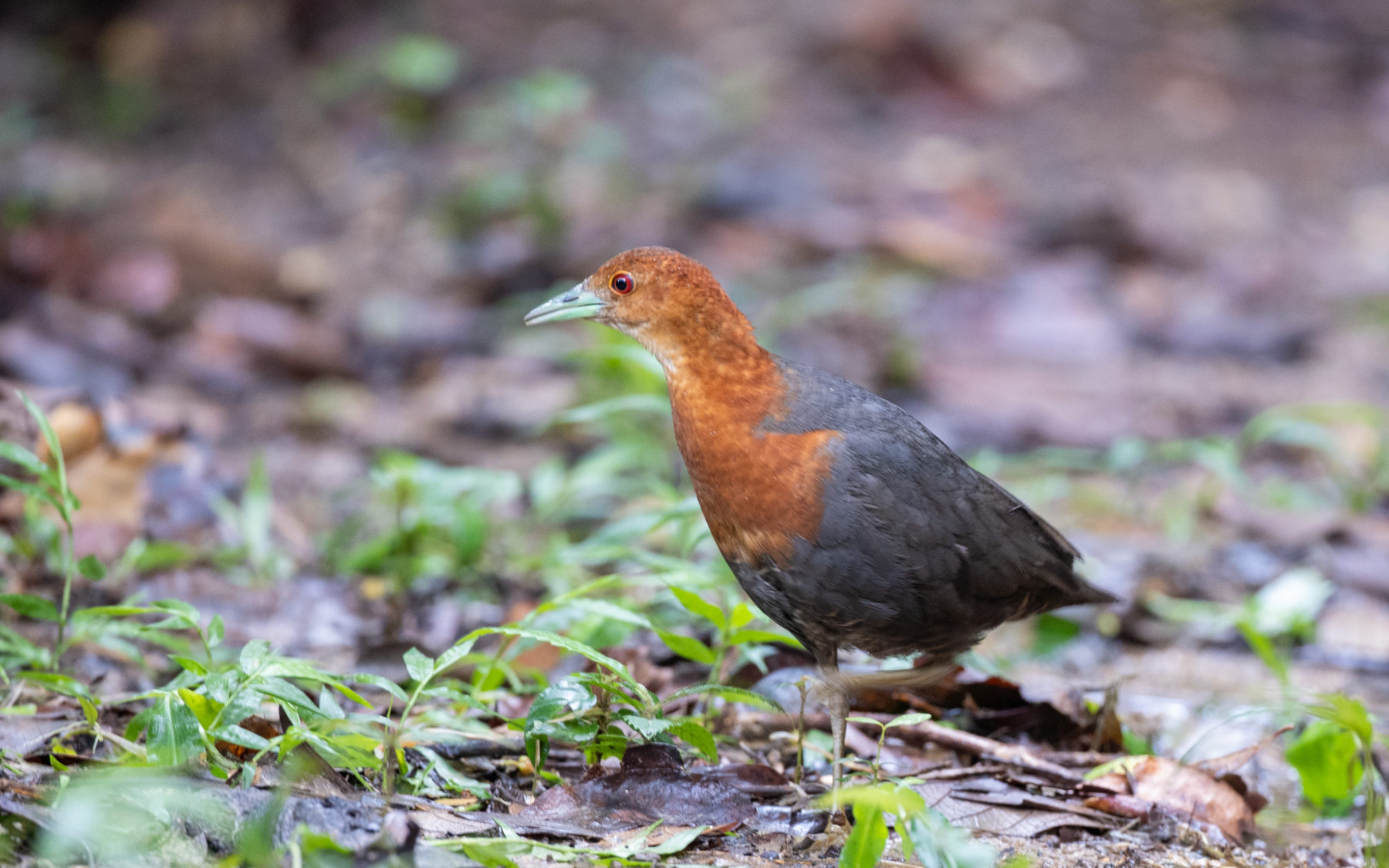
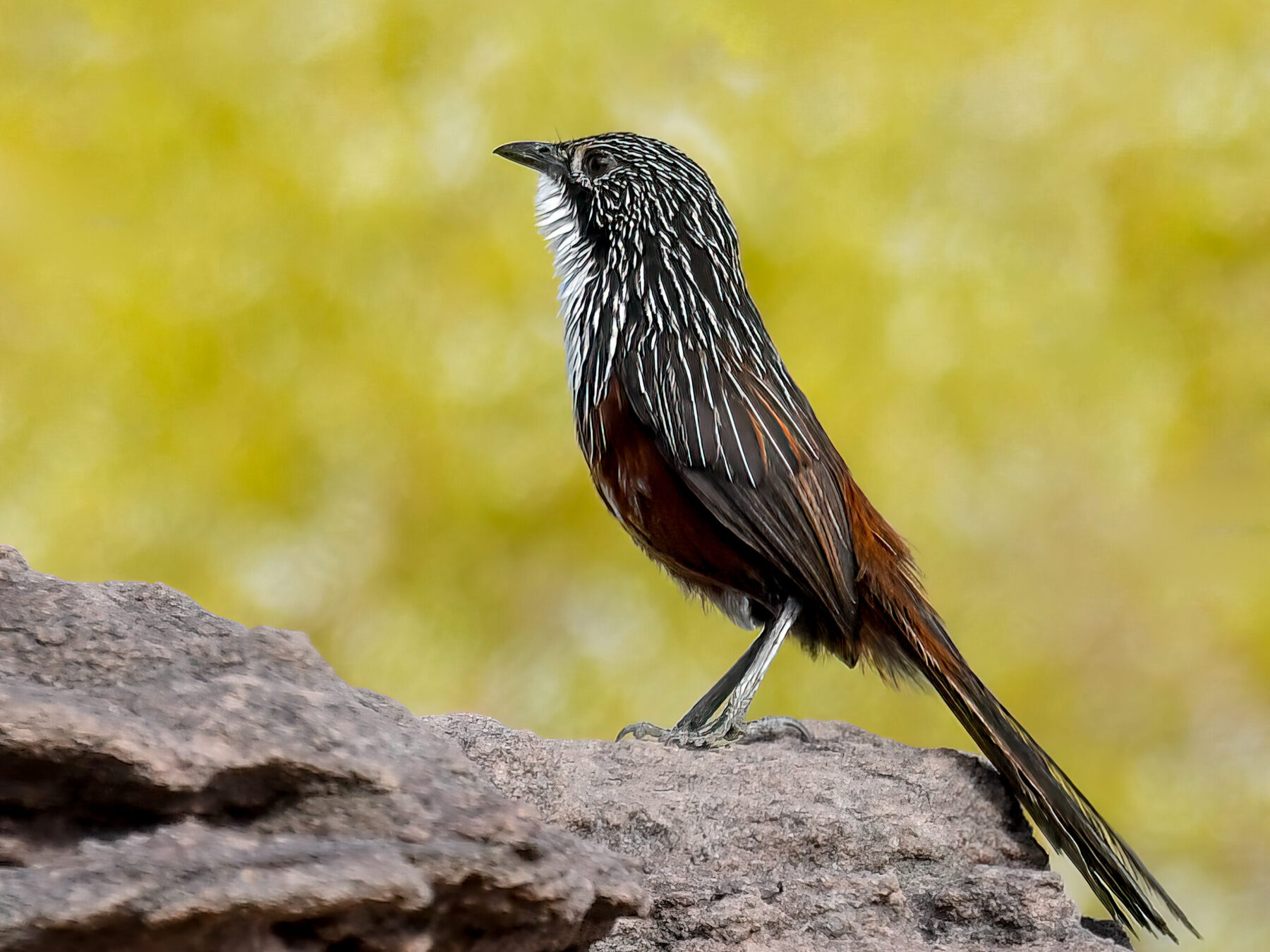
His wife of 24 years, Nittaya, also began to wonder what he was doing. “Whenever the call of the bird came, she said go follow the bird. She was happy for me. When I used to travel for work I came home grumpy. When I came back from the field, I was always happy.”
But when Charuka had more than met his original goal of 600 birds, she reminded him of The Big Year movie, starring Jack Black, Steve Martin and Owen Wilson.
“Don’t become a Bostick,” she said.
Bostick, Wilson’s character, was driven to the point of ending up alone.
“There’s a scene where Bostik is having Christmas in a Chinese restaurant. He asks one of the staff to eat with him.”
On Christmas Day 2022, Charuka Abhayawickrama was eating lunch with strangers on a ship. This was the Macquarie Island leg of the quest. He was eight birds short of the record.
“I’d already booked to go to Darwin, Perth and Brisbane to get to the last birds, but I decided this quest was getting the better of me.
“It was the best year of my life but this journey had to end. It was time for me to go home.”
John Elder is a contributor to Australian Geographic. John has been a journalist and writer for nearly 40 years and is Science Editor at The New Daily.
